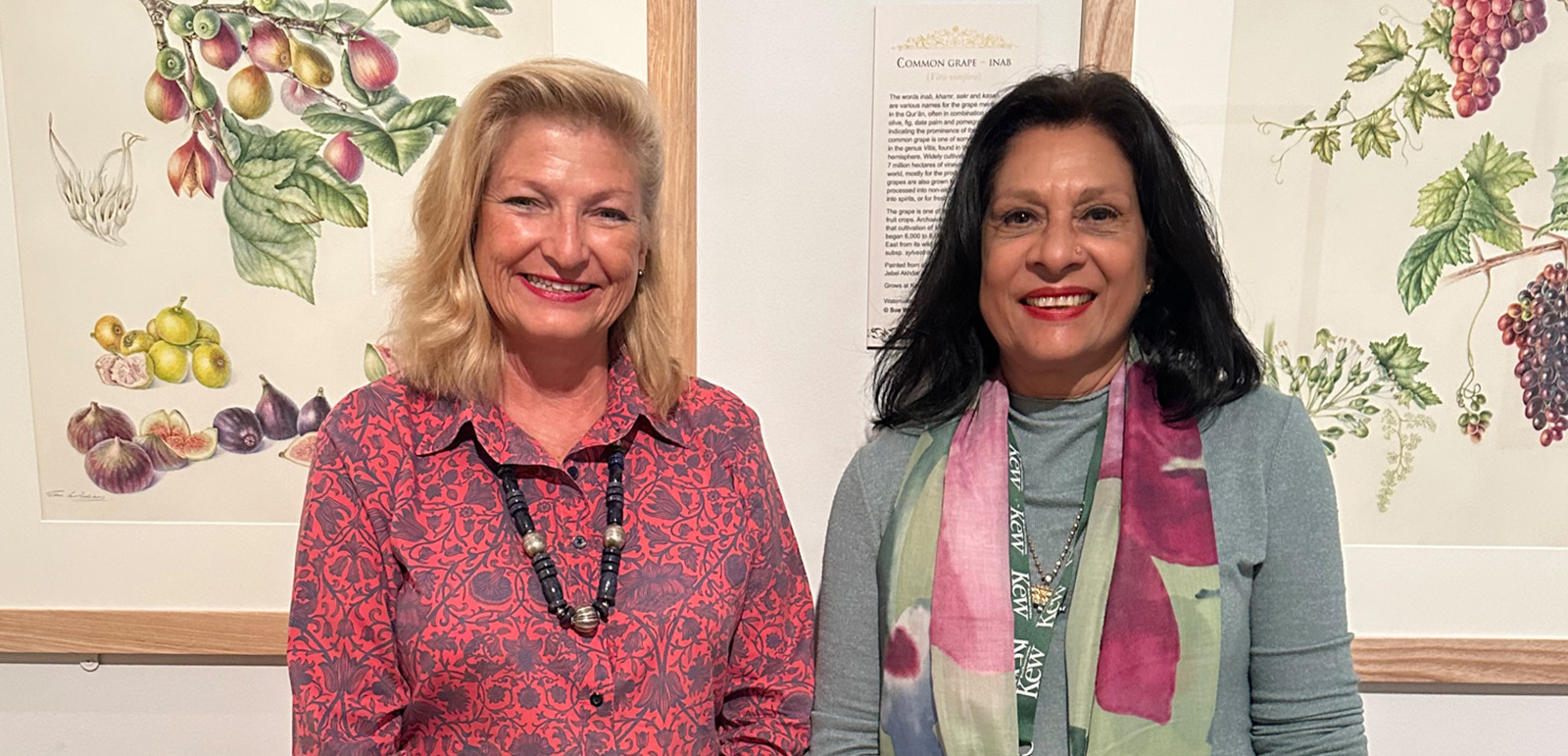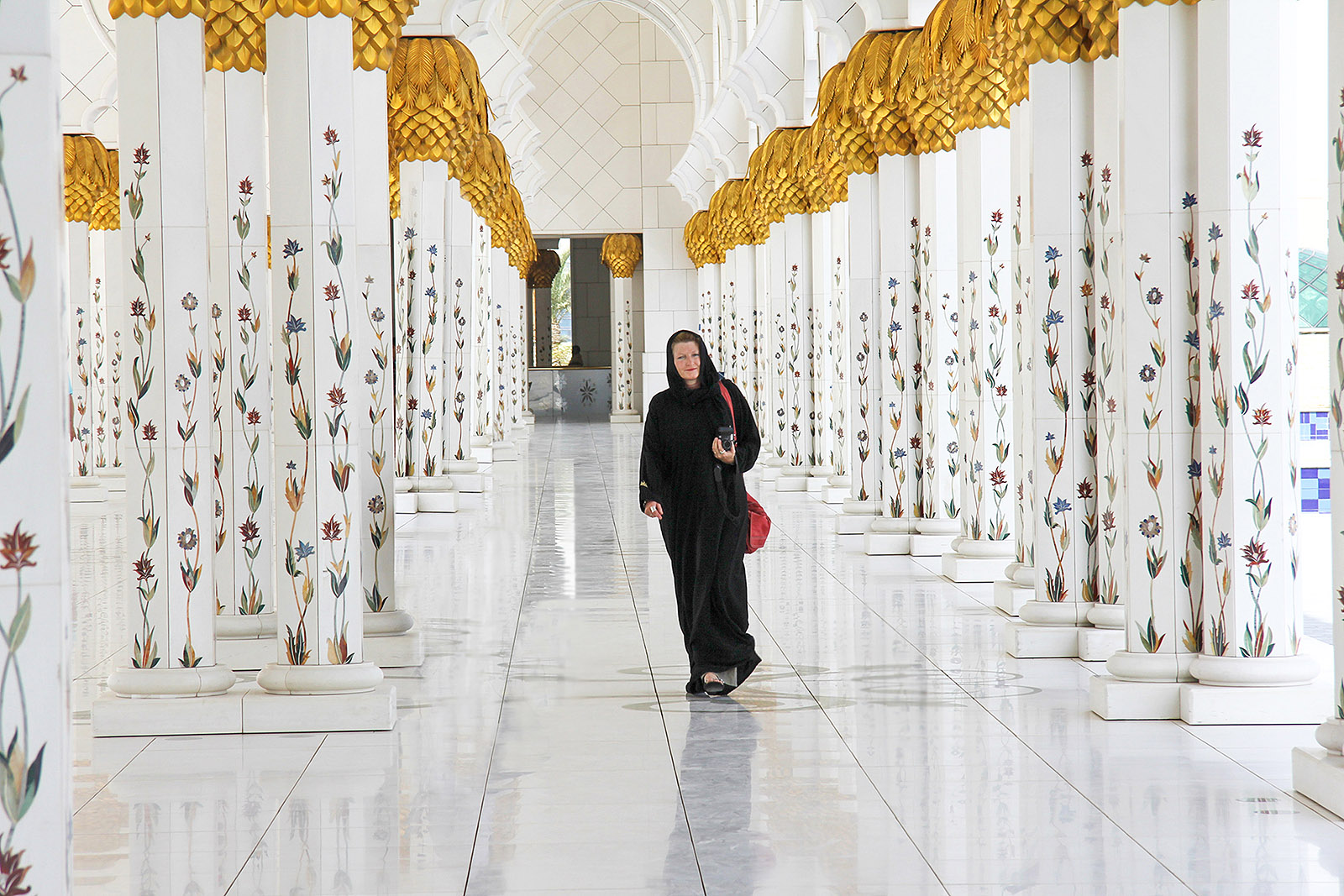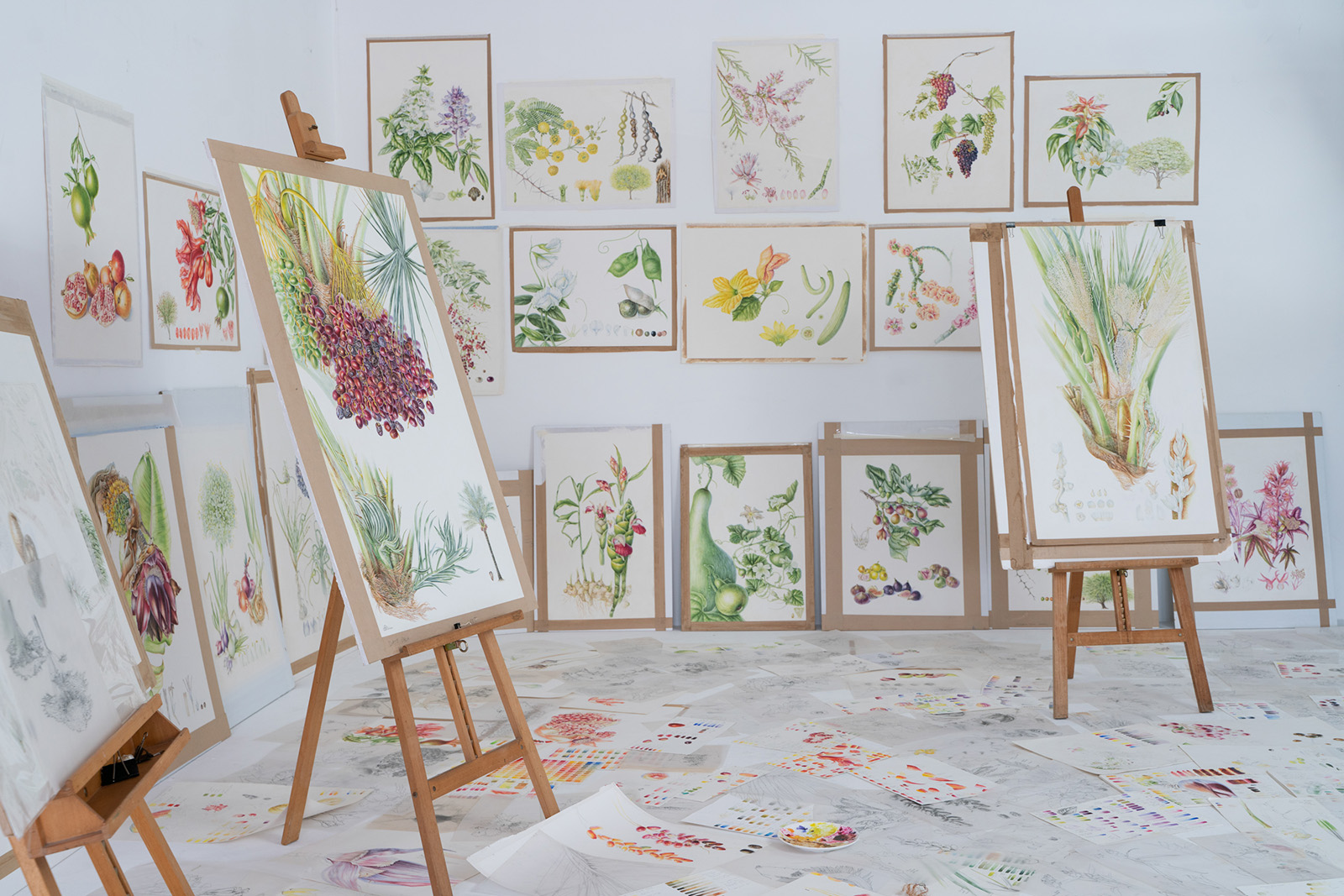The spiritual life of plants
A new book and exhibition at Kew Gardens explore the role played in the Qur’an by trees, fruits, flowers and herbs
–

Kew Gardens is renowned as the largest and most diverse botanical collection in the world. Founded in 1840, the south-west London site has thousands of living species in glasshouses and outdoor plots across its 330-acre setting.
Now, visitors to the Unesco World Heritage site can view date palms, pomegranate buds and toothbrush trees intricately detailed in a series of watercolour paintings hung in the gardens’ Shirley Sherwood Gallery. Titled Plants of the Qur’an, the exhibition, which runs until 17 September, explores the role of trees, fruits, herbs and flowers in Islamic scripture.
Behind the hundreds of hours of research and painstaking illustration is Sue Wickison, a botanical artist who has worked at Kew Gardens for the past nine years. Also available as a full-colour book, the project has taken eight years to complete and is a collaboration with Dr Shahina Ghazanfar, an author and senior botanist at Kew.
Wickison, 64, explained that the work was inspired by the Islamic architecture of the United Arab Emirates. “I travelled to the Sheikh Zayed Grand Mosque in Abu Dhabi where I saw incredible geometric shapes and botanical motifs on the walls and floor,” she said. “I wanted to know what the plants were and more information about them.”

Wickison asked a colleague if there was a botanist, particularly in the Middle East, who could help her. They advised her to get in touch with Ghazanfar, who was teaching at the Sultan Qaboos University in Oman at the time. As luck would have it, Ghazanfar was researching the subject of plants in the Qur’an and was looking for an artist capable of capturing their full glory.
“You might take plants for granted or might have not looked quite so closely at them,” said Wickison. “This exhibition shows the working drawings and the whole process of them: the travel, the dedication and the meticulous work.”
Every one of Wickison’s 30 watercolours involve a great deal of preparatory work, including sourcing and observing the plants through all their life stages, the making of preliminary sketches and dissecting and analysing them through a microscope.
“Each plant has its own challenges but the one I found particularly difficult was the vachellia nilotica, also known as acacia,” Wickison explained. “It has a series of tiny yellow pompom flowers and is quite difficult to make it look three-dimensional. The way I got around it was to take it apart under a microscope because then you have an understanding of how the structure goes together and get to know the texture too. It’s that journey of always trying to do better than that last brush stroke.”
The plants featured in the exhibition include familiar culinary ingredients that hold a special place in the Qur’an, such as dates, garlic, grapes, pomegranate and onion. Olives, for instance, are believed to come from blessed plants with health and nutritional benefits. Mentioned seven times in the holy book, they grow on branches that are widely considered to be a symbol of peace and their oil was used as a medicine by the prophet Muhammad.

Of all the species featured in Plants of the Qur’an, Wickison’s favourite is the Phoenix Dactylifera — more commonly known as the date palm. However, from an illustrator’s perspective, the many stages in its life cycle presented a challenge that led to her travelling back and forth to Sharja over two years to observe them in full.
That work was well worth it for Wickison. One of the main messages she wishes to convey through the book and exhibition is that people should take time to observe and understand the natural world and appreciate the many lessons it has to teach us.
“It’s been the journey of a lifetime, full of inspiration and learning,” she said of the project. “It’s opened my eyes and made me want to learn more.”
The exhibition is open every day from 10am to 5pm at the Shirley Sherwood Gallery of Botanical Art until 17 September 2023. Admission is included with entry to the gardens.
Topics
Get the Hyphen weekly
Subscribe to Hyphen’s weekly round-up for insightful reportage, commentary and the latest arts and lifestyle coverage, from across the UK and Europe
